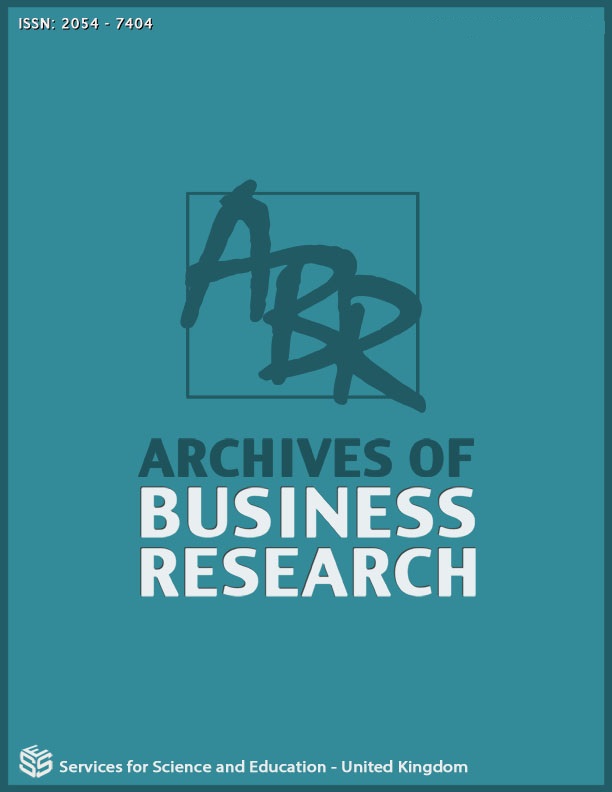Dynamic Management of Capital Levels in a Company as a Multi-Stage Decision-Making Process
DOI:
https://doi.org/10.14738/abr.119.15352Keywords:
capital, investing, optimisation, decision-making, financial structureAbstract
An investor makes investment decisions under conditions of uncertainty, i.e. when the effect of the investment cannot be predicted in advance. In order to achieve the desired outcome of the action, the decision-maker has to make a series of consecutive decisions. The decision-maker is guided by his or her own investment objective, and at each stage decides on an investment strategy. Depending on the strategy adopted, the investment returns can vary. Decisions related to giving the capital structure a target shape require a prior careful analysis of many factors, which are characterised by variability both in time and space. For this reason, it can be assumed that the capital structure is not fixed, as it changes according to the strength and direction of these factors. This article proposes a method for managing a company's capital level in a multi-stage decision-making process. For this purpose, the so-called recursive preferences of the decision-maker were used. A multi-stage model of capital management or the management of a given asset by an investor was considered. It was assumed that the dynamics of the capital level process from period to period is described by a certain recursive equation, which can be deterministic or stochastic.
Downloads
Published
How to Cite
Issue
Section
License
Copyright (c) 2023 Danuta Seretna-Sałamaj, Agnieszka Szpara

This work is licensed under a Creative Commons Attribution 4.0 International License.






